Apple Studio Display vs. Pro XDR: Which one should you get?
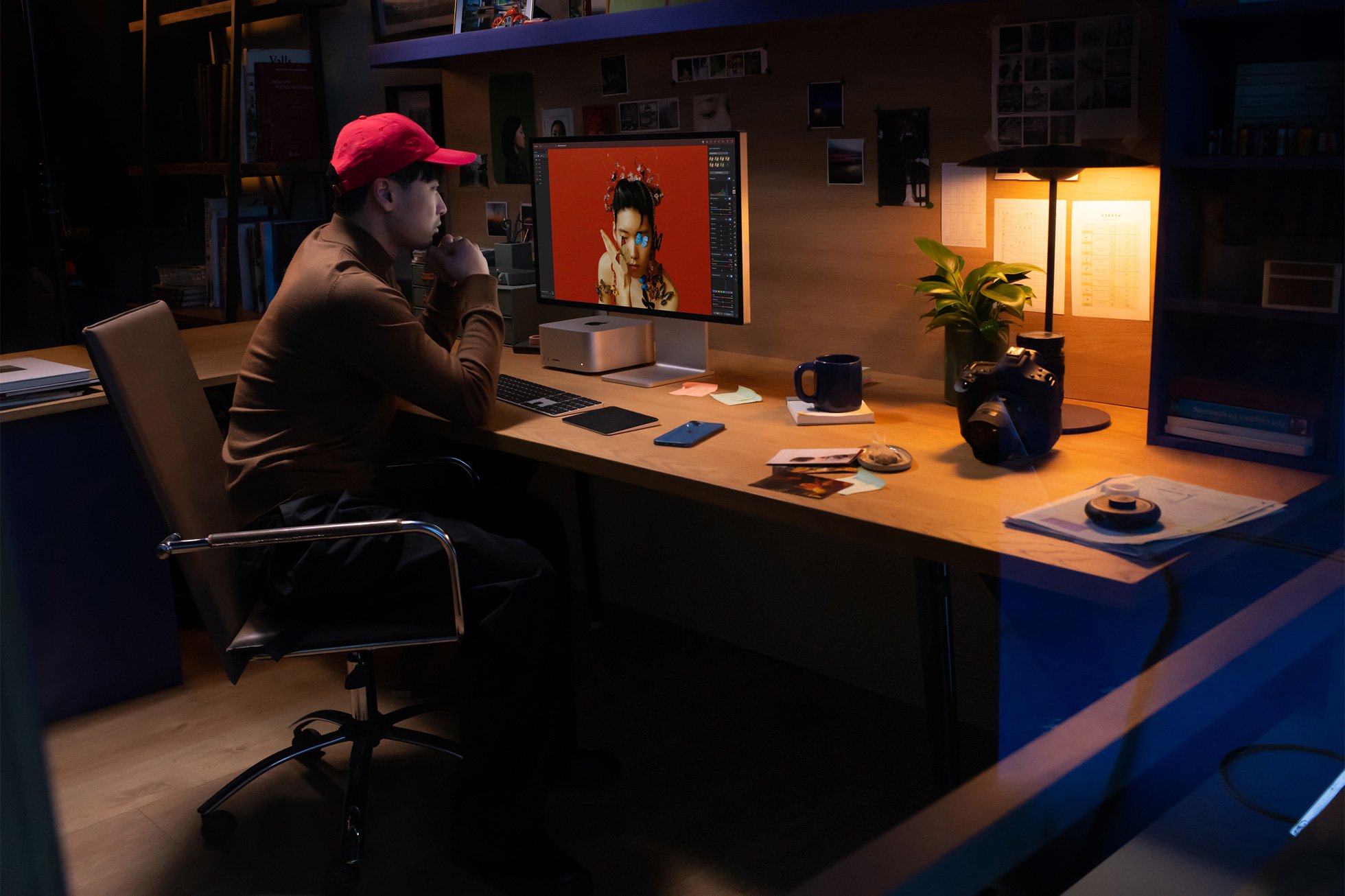
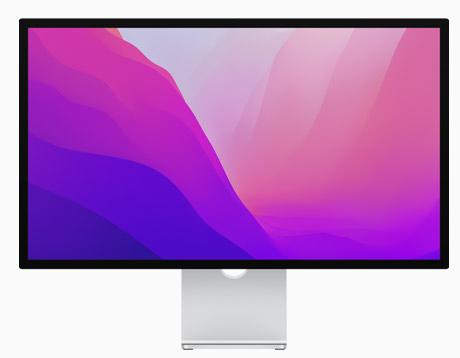
Hook it up to anything
The Studio Display is the new kid on the block, and promises to be the best monitor for any Mac. With a gorgeous 27-inch 5K Retina Display, a three studio-mic array, a 12MP camera with Center Stage, and six speakers that support Spatial Audio, the Studio Display will fit right at home with any Mac or MacBook.
Pros
- 12MP camera with Center Stage
- Three studio-quality microphone array
- Cheaper than Pro Display XDR
- Different stand options
Cons
- Only 600 nits brightness
- Display only comes in one size
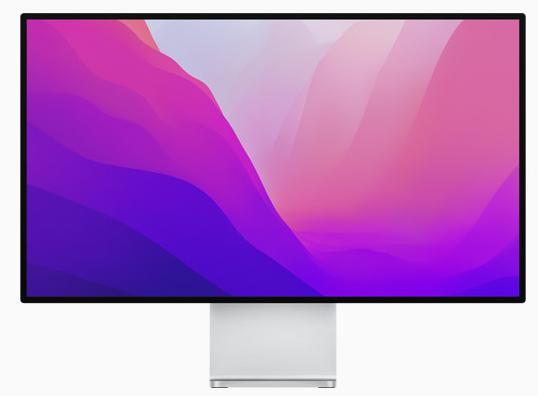
The screen for industry pros
The Pro Display XDR is insanely expensive, but it serves a particular purpose. It's not meant as an everyday monitor but rather as the option for visual pros who need amazing color and HDR performance. Thankfully, they can get it here with a huge 32-inch 6K screen and a peak brightness of 1,600 nits for HDR content.
Pros
- 6K Retina Display
- 1,600 nits peak brightness
- Massive 32-inch screen
- 10-bit depth for 1.073 billion colors
Cons
- Extremely expensive
- Stand costs extra
While at first glance to the casual observer the Studio Display may seem like a steal of a deal compared to the Pro Display XDR, when you dig into the reasons why each monitor exists, you realize they are very different products.
Apple's Studio Display is meant to use as an all-in-one monitor solution in your current setup to go along with any Mac you want. Whether you have a MacBook Pro, Mac mini, or that new Mac Studio, the Studio Display will provide, extra ports, a camera, and microphones making it like an instant Mac. The Pro Display XDR on the other hand offers a far more technical experience, focusing on the finer details of display technology such as bitness, color gamut, and more.
Studio Display vs. Pro Display XDR: The small details
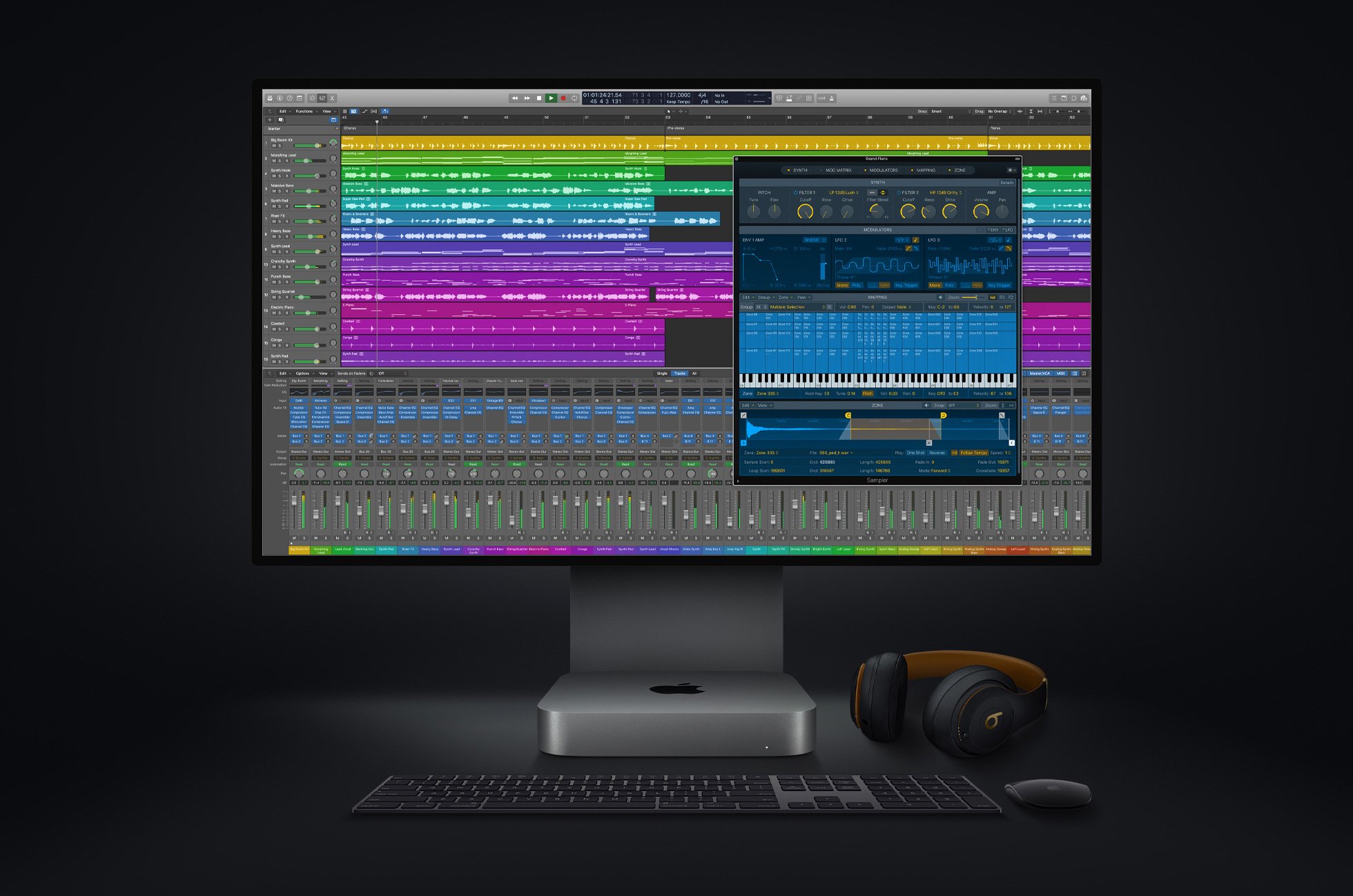
The Studio Display bears a remarkable resemblance to the iMac (2021), which I think is an apt comparison. Much like the M1 iMac is the family Mac of today, I view the Studio Display as a catch-all monitor for the family. If you have a Mac mini or a MacBook of any kind and you're looking to build a home setup that's a little more substantial, the Studio Display could be the right fit.
Alternatively, the Pro Display XDR strengths are much more focused on the display itself. It's not quite for all-around use, but it offers features that videographers and audio/visual editors need to do their work.
| Header Cell - Column 0 | Studio Display | Pro Display XDR |
|---|---|---|
| Starting Price | $1,599 | $4,999 |
| Size | 27 inches | 32 inches |
| Resolution | 5K Retina (5120 by 2880 pixels) | 6K Retina XDR Display (6016 by 3384 pixels) |
| Brightness | 600 nits | 1,600 nits at peak brightness |
| Colors | Support for 1 million colors | 10-bit depth for 1.073 billion colors |
| True Tone | Yes | Yes |
| Camera | Yes | No |
| Speakers | 6 speakers (4 woofers and 2 tweeters) | No |
| Microphone | Studio‑quality three‑mic array | No |
| Ports | 3 USB-C and one Thunderbolt | 3 USB-C and one Thunderbolt |
While there are a couple of similarities (both screens have a nano-texture glass option, that, while costing more, will also help with glare, for instance), you can probably tell looking at the specs that the Pro Display XDR is not at all aimed at the same audience as the Studio Display.
The Pro Display XDR isn't for casual users. Heck, I would say it's not even designed for a lot of pros either. It's designed so that instead of having one $45,000 reference monitor in your studio's color grading station, a company can get 3-6 Pro Displays and have everybody in the pipeline all working with color-accurate monitors instead of cheaper, less accurate LCDs.
The Studio Display is Apple's one-size-fits-all approach. It's a display that can be used by everybody, from graphic designers to musicians or even just people who love having a monitor hooked up to their MacBook Pro for more screen space. It may prove to be the best monitor for the Mac mini we've ever seen.
iMore offers spot-on advice and guidance from our team of experts, with decades of Apple device experience to lean on. Learn more with iMore!
Studio Display vs. Pro Display XDR: Stands and how to display your monitor
Let's just talk about the stands real quick.
The Pro Display XDR still only has the $1,000 stand that it had at launch. Additionally, you can purchase just a VESA mount for an extra $200, that way you can use your Pro Display XDR on any compatible stand you like.
The Studio Display actually has a stationary stand included in its $1,599 price tag (it looks a lot like the base of an M1 iMac), that offers 30 degrees of tilt adjustment but no height adjustment whatsoever. You can choose to just get a VESA mount for no additional cost. If you do want a stand that has both heights and tilt adjustable, you can choose to get one with your Studio Display but it will cost you an extra $400.
Studio Display vs. Pro Display XDR: Which one should you buy?
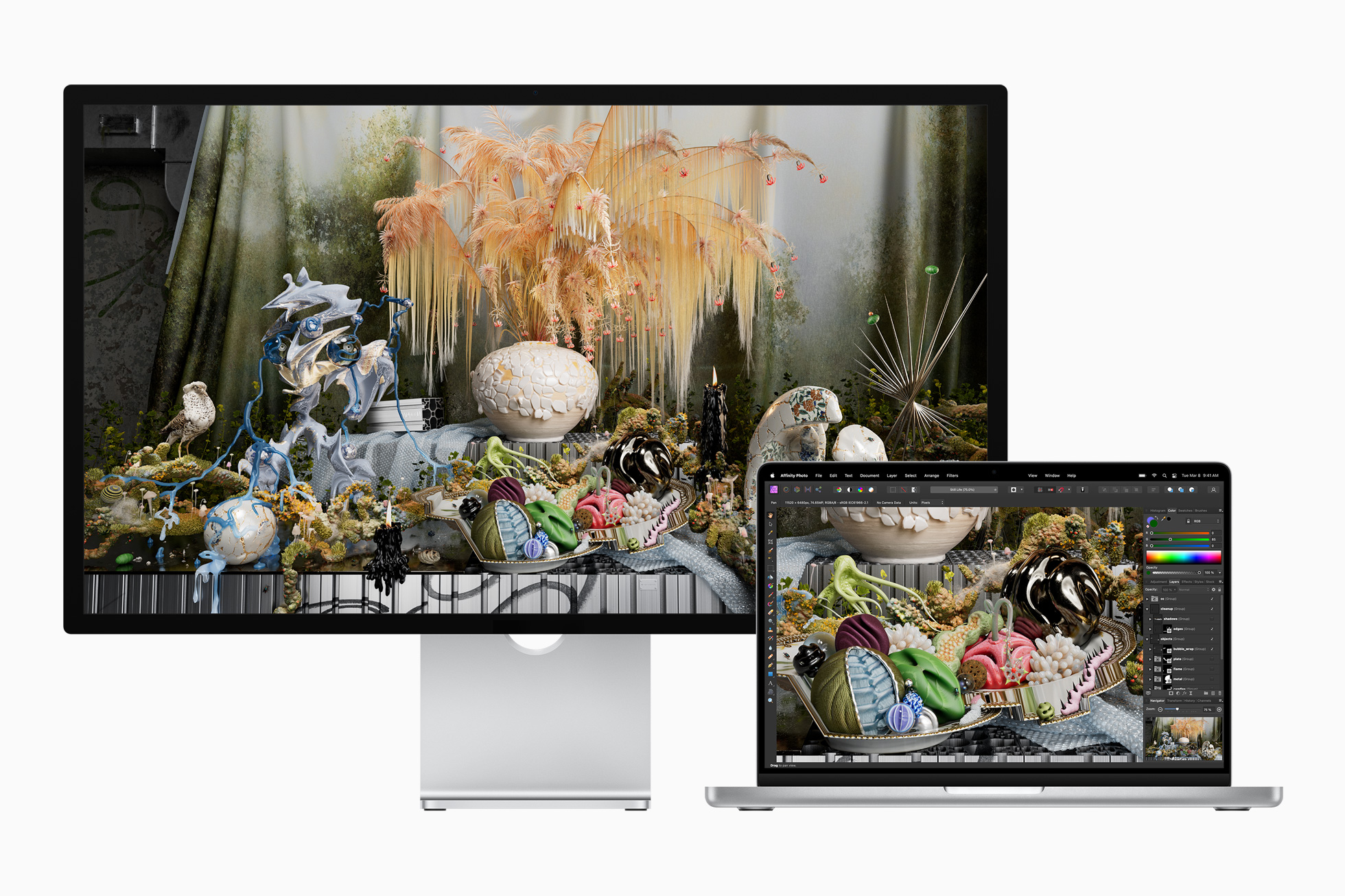
This is an easy one. While these are both monitors that will work well with your Mac or MacBook and produce excellent visuals, they hae entirely different audiences. If you're looking for a general, all-around monitor to complete your setup, you'll want to spring for the Studio Display. It might not have the prowess the Pro Display XDR has, but you won't need a 6K Retina Display or 1,600 nits of brightness in most situations.
However, if you are the kind of person who needs a 6K Retina Display, 1,600 nits of brightness to do professional video or visual art work, and you (or your business) have the money to spare, you can't do much better than the Pro Display XDR.

For the average person who wants a screen
The Studio Display gives you everything you could want in a monitor for your Mac or Macbook. You get a gorgeous 5K Retina display, speaker system, microphone array, and a 12MP camera to help the video calls go smoother.

Meant for high-end professional work
This is still the monitor that's meant for high-end professional work on blockbuster films or extremely detailed visual art and not really meant for everyday people. That being said, if you need the type of monitor that can provide that impressive color, the Studio Display just won't do.

Luke Filipowicz has been a writer at iMore, covering Apple for nearly a decade now. He writes a lot about Apple Watch and iPad but covers the iPhone and Mac as well. He often describes himself as an "Apple user on a budget" and firmly believes that great technology can be affordable if you know where to look. Luke also heads up the iMore Show — a weekly podcast focusing on Apple news, rumors, and products but likes to have some fun along the way.
Luke knows he spends more time on Twitter than he probably should, so feel free to follow him or give him a shout on social media @LukeFilipowicz.
